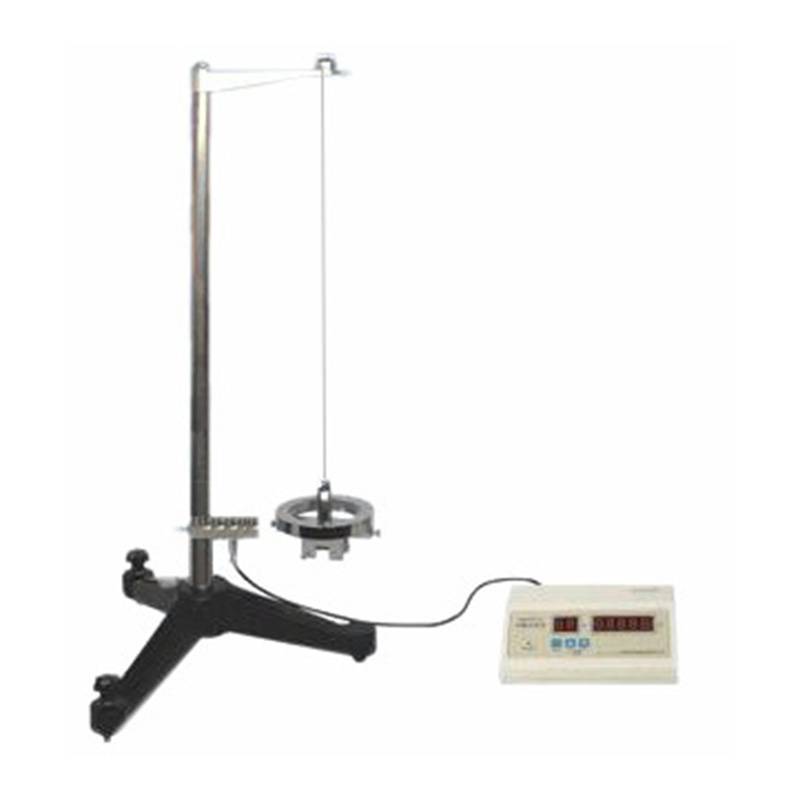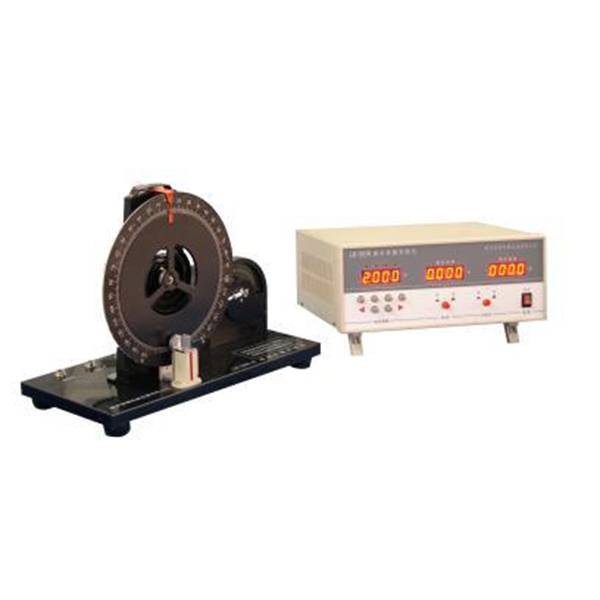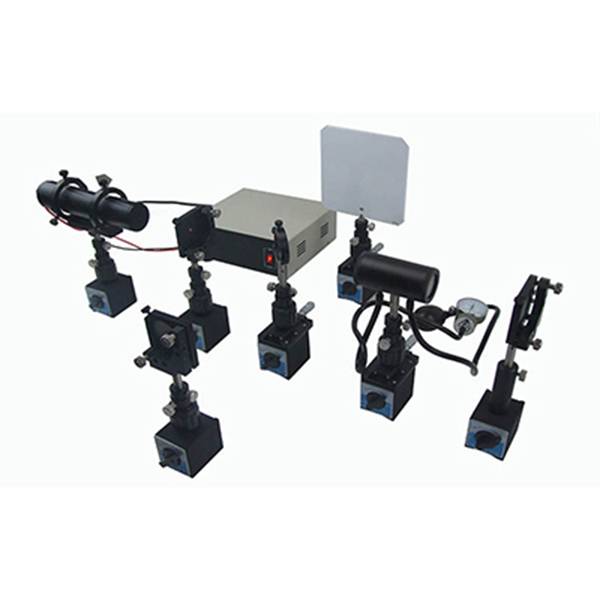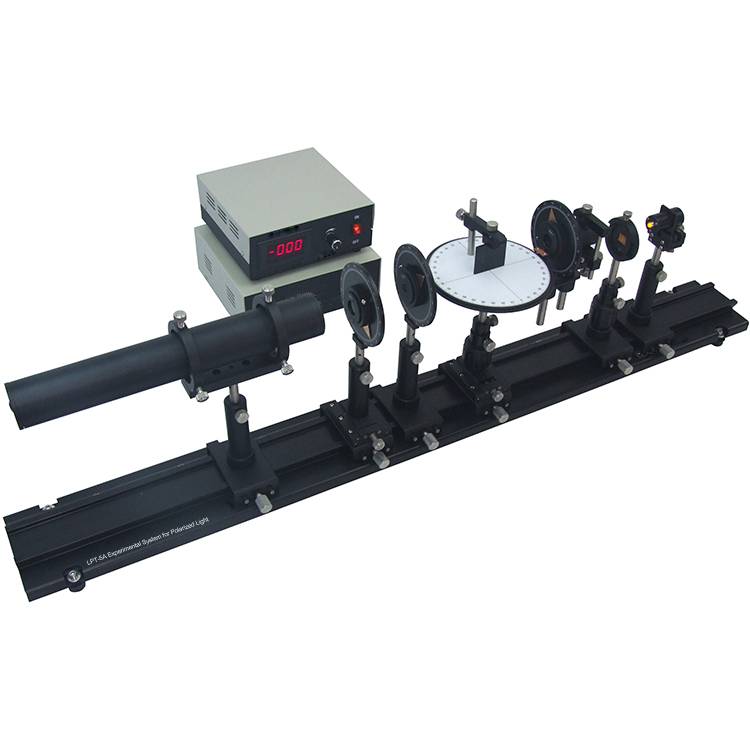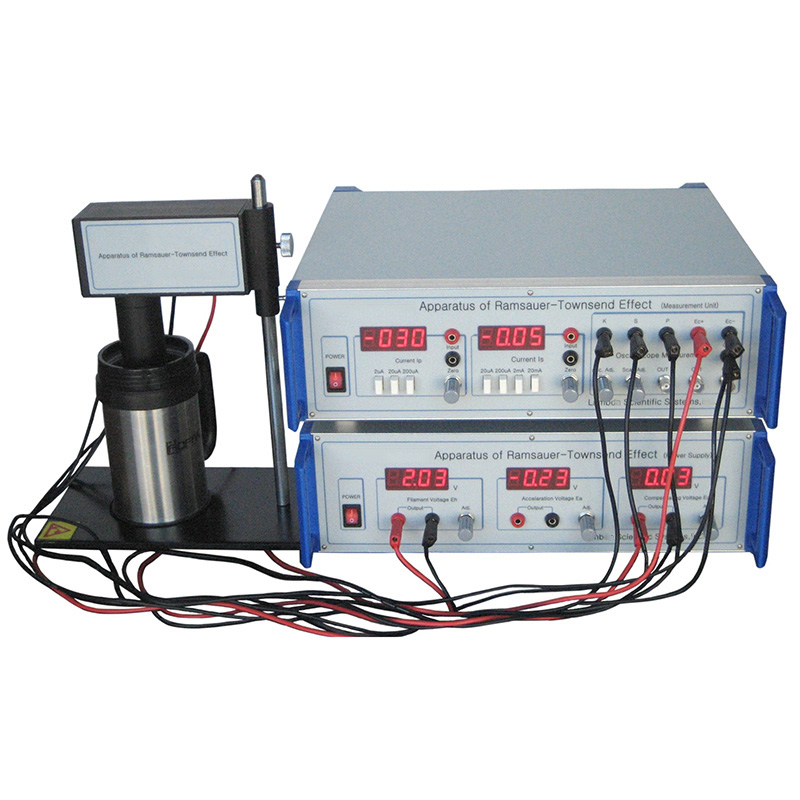China Wholesale Fiber Communication Quotes – LPT-2 Experimental System for Acousto-Optic Effect – Labor
China Wholesale Fiber Communication Quotes – LPT-2 Experimental System for Acousto-Optic Effect – Labor Detail:
Description
Acousto-optic effect experiment is a new generation of physical experiment instrument in Colleges and universities, is used to study the physical process of electric field and light field interaction in basic physics experiments and related professional experiments, and also applies to the experimental research of optical communication and optical information processing. It can be visually displayed by digital double oscilloscope (Optional).
When ultrasound waves travel in a medium, the medium is subject to elastic strain with periodic changes in both time and space, causing a similar periodical change in the refractive index of the medium. As a result, when a ray of light passes through a medium in the presence of ultrasound waves in the medium, it is diffracted by the medium acting as a phase grating. This is the basic theory of acousto-optic effect.
Acousto-optic effect is classified into normal acousto-optic effect and anomalous acousto-optic effect. In an isotropic medium, the plane of polarization of the incident light is not changed by the acousto-optic interaction (called normal acousto-optic effect); in an anisotropic medium, the plane of polarization of the incident light is altered by the acousto-optic interaction (called anomalous acousto-optic effect). Anomalous acousto-optic effect provides the key foundation for the fabrication of advanced acousto-optic deflectors and tunable acousto-optic filters. Unlike normal acousto-optic effect, anomalous acousto-optic effect cannot be explained by Raman-Nath diffraction. However, by using parametric interaction concepts such as momentum matching and mismatching in nonlinear optics, a unified theory of acousto-optic interaction can be established to explain both normal and anomalous acousto-optic effects. The experiments in this system only cover normal acousto-optic effect in isotropic media.
Experiment Examples
1. Observe Bragg diffraction and measure Bragg diffraction angle
2. Display acousto-optic modulation waveform
3. Observe acousto-optic deflection phenomenon
4. Measure acousto-optic diffraction efficiency and bandwidth
5. Measure the traveling velocity of ultrasound waves in a medium
6. Simulate optical communication using acousto-optic modulation technique
Specifications
|
Description |
Specifications |
| He-Ne Laser Output | <1.5mW@632.8nm |
| LiNbO3 Crystal | Electrode: X surface gold plated electrode flatness <λ/8@633nmTransmittance range: 420-520nm |
| Polarizer | Optical aperture Φ16mm /Wavelength range 400-700nmPolarizing degree 99.98%Transmissivity 30% (paraxQllel); 0.0045% (vertical) |
| Detector | PIN photocell |
| Power Box | Output sine wave modulation amplitude: 0-300V continuous tunableOutput DC bias voltage: 0-600V continuous adjustable output frequency: 1kHz |
| Optical Rail | 1m, Aluminum |
Product detail pictures:
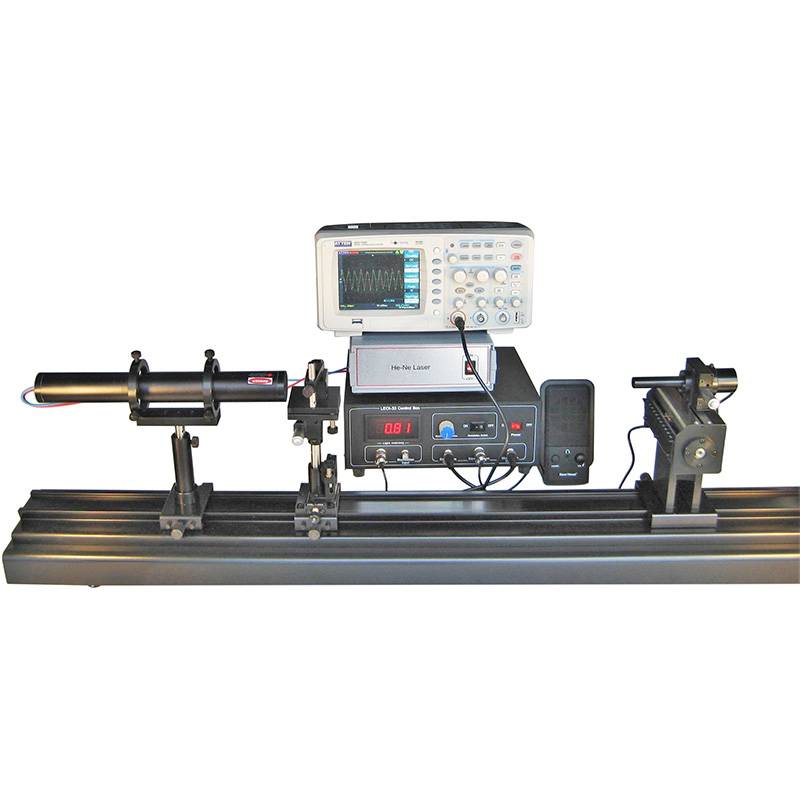
Related Product Guide:
Fast and great quotations, informed advisers to help you choose the correct solution that suits all your requirements, a short creation time, responsible top quality manage and distinct providers for paying and shipping affairs for China Wholesale Fiber Communication Quotes – LPT-2 Experimental System for Acousto-Optic Effect – Labor , The product will supply to all over the world, such as: Florence, Colombia, Hungary, With excellent products, high quality service and sincere attitude of service, we ensure customer satisfaction and help customers create value for mutual benefit and create a win-win situation. Welcome customers all over the world to contact us or visit our company. We will satisfy you with our professional service!
The product classification is very detailed that can be very accurate to meet our demand, a professional wholesaler.



